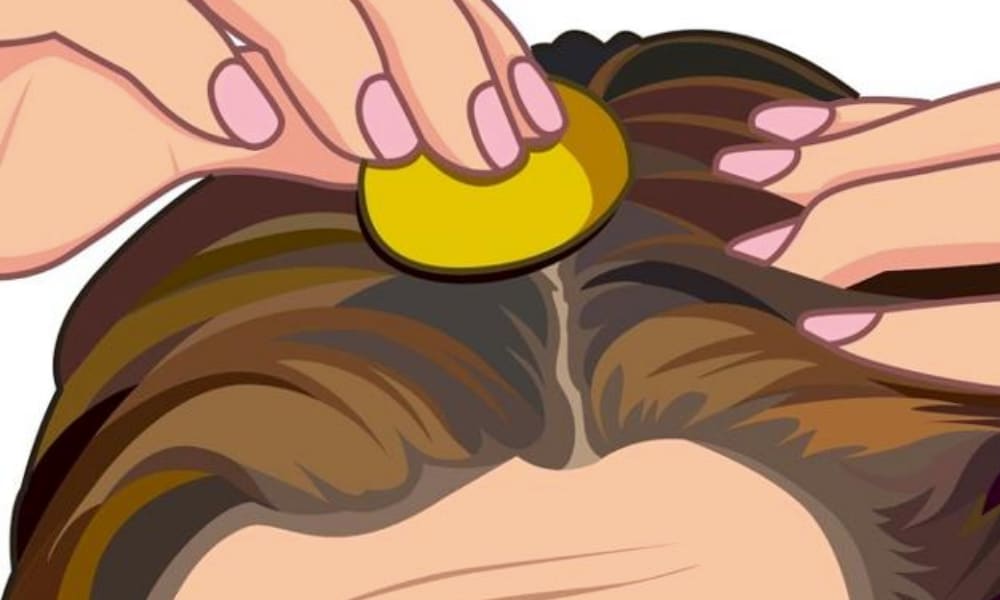Hair Brush: Types, Uses, and Care Guide
A hair brush is a common tool in daily grooming and styling routines, yet choices about type, bristle, and technique affect hair health and the final look. This guide explains common brushes, how to use them for detangling, styling, and hair care, and how to maintain a brush so it supports beauty routines without causing damage.

Hair brush types and materials
Brushes come in several designs for different functions: paddle brushes for smoothing, round brushes for creating volume during blow-drying, vent brushes for faster drying, and cushion brushes for general detangling. Specialized options include wide-tooth detangling brushes and comb-like tools for wet hair. Bristles vary from natural boar to synthetic nylon or a mix; each material interacts differently with hair textures and styling methods.
Choosing the right material matters. Boar bristles can help distribute scalp oils and smooth cuticles, while nylon bristles are often better at detangling thicker or coarser hair. Heat-resistant synthetic bristles are useful for styling with hot tools. Consider handle shape and weight too—comfortable grip and balance reduce wrist strain during repeated grooming or styling sessions.
Grooming: detangling and daily use
For everyday grooming, start with a brush suited to your hair’s wet or dry state. Use a wide-tooth detangler or a specialized wet brush on damp or conditioned hair to minimize breakage. Work from ends upward in small sections, easing knots gently rather than pulling. For dry hair, a paddle or cushion brush can smooth and remove loose hairs without overstretching strands.
Scalp care is part of grooming: gentle brushing stimulates circulation and can help distribute natural oils from roots to ends, supporting shine. Avoid aggressive, repeated brushing on fragile or chemically treated sections. If you experience persistent tangles, consider protective styles or trimming split ends to reduce knot formation.
Styling with a hair brush
Styling brushes are tools for shaping hair while using heat or air. Round brushes vary by diameter—smaller barrels create tighter curls or lift at the roots, while larger barrels produce straighter, fuller looks. Use a vent brush to speed up blow-drying when you want a more natural, low-tension finish. Bristles that tolerate heat let you brush close to a styling tool without damage.
Technique matters: section hair into manageable panels and use controlled tension while directing heat along the hair shaft. Pair brushes with the right blow-dryer nozzle for focused airflow. For polished looks, finish with a boar-blend brush to smooth the cuticle and distribute finishing products lightly, avoiding buildup near the scalp.
Hair care: choosing the right brush
Selecting a brush should align with hair care goals. Fine or thinning hair benefits from lightweight paddle brushes and softer bristles that reduce pulling. Thick, coarse, or very curly hair often needs robust detangling tools and wide-spaced bristles to move through strands without causing breakage. For chemically treated or heat-styled hair, choose brushes designed to minimize friction and that can handle occasional heat exposure.
If you wear extensions or have textured hair, choose tools specifically designed to work with those systems to avoid tugging on bonds or disrupting curl patterns. For sensitive scalps, look for cushioned bases and rounded bristle tips to lessen abrasive contact. Regular trims and appropriate conditioning also extend the effectiveness of any brush you use.
Beauty routines and brush maintenance
Integrate brushing into a beauty routine that complements hair care products and protective practices. Light daily brushing can spread natural oils and create a smoother appearance, while targeted brushing during styling helps shape hair and hold form. Avoid over-brushing; excessive friction leads to static, frizz, and mechanical damage. Use brushes alongside leave-in conditioners or heat protectants when heat styling to reduce stress on fibers.
Clean brushes regularly: remove hair from the base after each use, and deep-clean with warm water and a gentle shampoo every 2–4 weeks depending on product buildup. For mixed-material brushes, avoid soaking wooden handles. Allow brushes to air-dry bristle-side down. Replace brushes if bristles become misshapen, brittle, or if the cushion base splits—worn tools can increase breakage and reduce effectiveness.
Conclusion
A hair brush is more than a convenience; it’s a tool that influences grooming outcomes, styling possibilities, and overall hair care. Matching brush type and materials to your hair texture and routine, using proper techniques for detangling and heat styling, and maintaining brushes through regular cleaning will help protect hair health while supporting beauty goals. Regular reassessment of your brush choices ensures they stay aligned with changing hair needs and styles.






